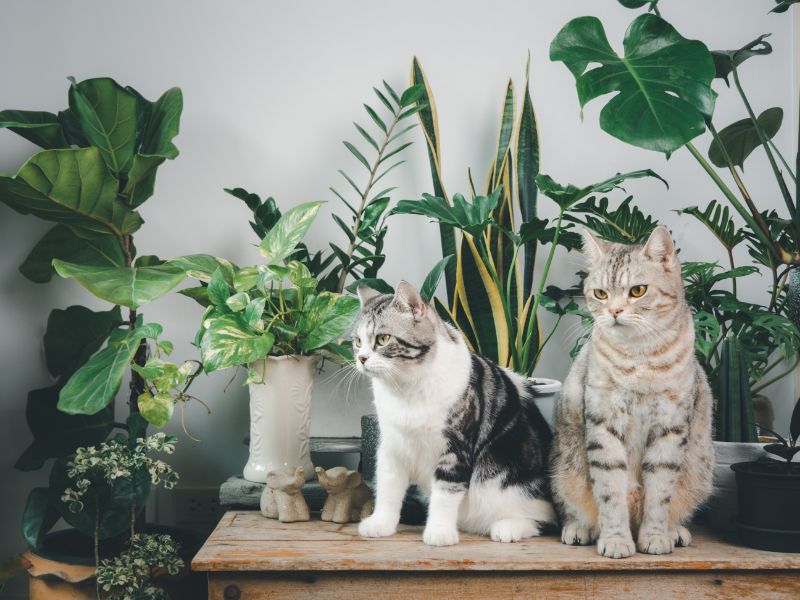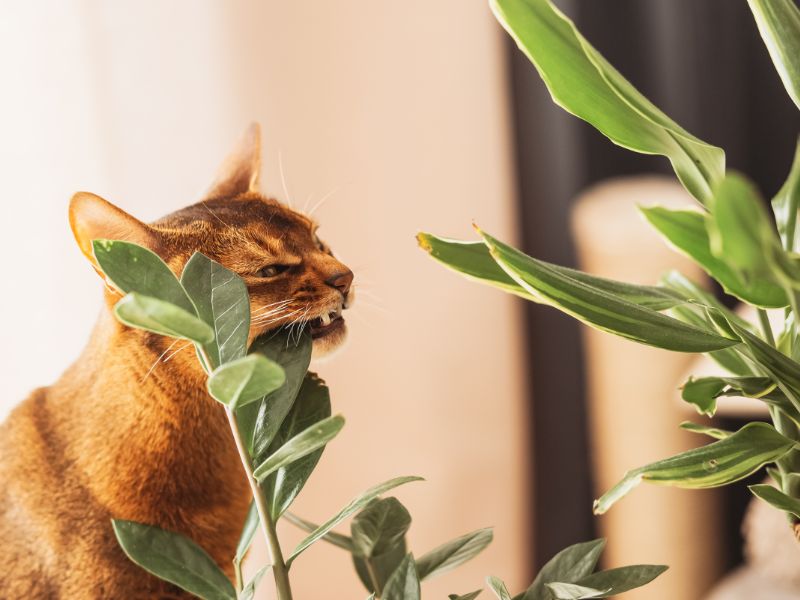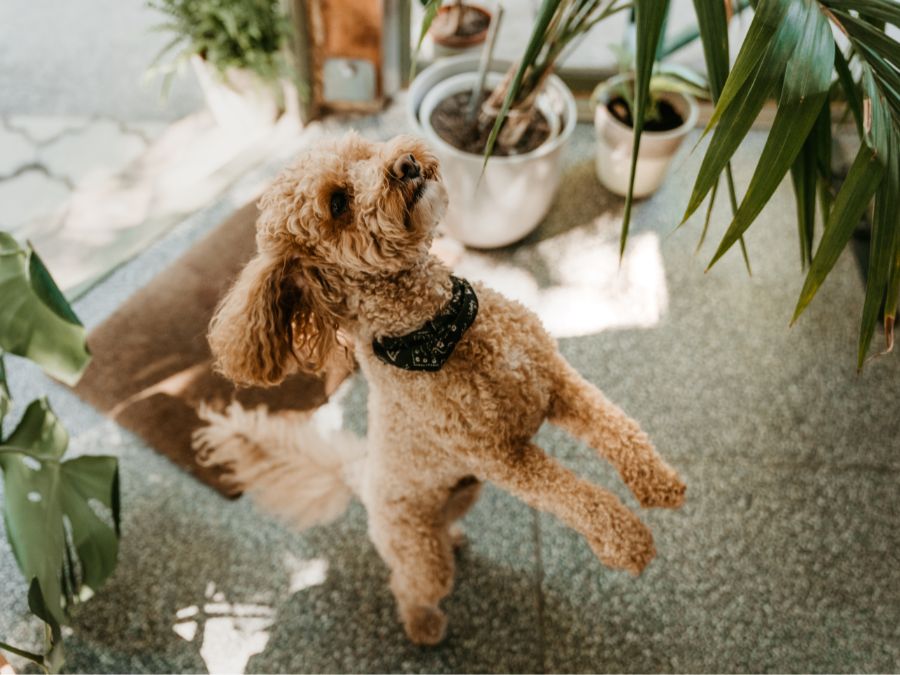We’re a team of green-thumbed pet lovers, and we know how tricky it can be to balance our love for plants with keeping our furry friends safe. That’s why we’ve put together this guide.
We’ll help you navigate the world of pet-friendly plants, show you which ones to avoid, and share tips on creating a beautiful, non-toxic indoor garden. So, let’s dive in and make our homes greener and safer for our pets!
Understanding Plant Toxicity in Pets
We must realize that a significant number of household plants can be potentially toxic to our pets if ingested. While we love to decorate our homes with verdant fronds and vibrant flowers, we need to be conscious of the plants we bring in.
Some, like lilies and aloe, can cause severe reactions in our four-legged friends. If ingested, they can cause symptoms ranging from mild discomfort to serious health issues. As responsible pet owners, we can’t afford to overlook this aspect.
We should always cross-check the plants we’re considering buying with a reliable list of pet-friendly varieties. This way, we’re not just creating a beautiful home, but also a safe environment for our beloved pets.

Top Non-Toxic Houseplants for Pets
In the interest of our pets’ safety, let’s dive into a few top non-toxic houseplants that won’t cause harm if ingested. Spider plants are a great choice.
They’re hardy, adaptable, and safe for pets. Another option is the Areca Palm, which not only provides a tropical vibe but is also pet-friendly. Boston Ferns are another safe choice.
They’re lush and love humidity, making them perfect for bathrooms. If you’re looking for something with a little more color, consider the Polka Dot Plant. Its vibrant leaves add a pop of color to any room and it’s safe for pets.
Dangerous Plants to Avoid
Let’s now turn our attention to a handful of plants that, while beautiful, can be harmful to our furry friends if ingested.
First on our list is the Lily. It’s extremely toxic to cats, leading to kidney damage or even death. Similarly, Azaleas can cause vomiting, diarrhea, and general weakness in pets.
The Sago Palm is another one to avoid. All parts of this plant are toxic, especially the seeds. It can cause liver failure in dogs.
Lastly, we have the Dieffenbachia. It can cause oral irritation, excessive drooling, and difficulty swallowing if your pet nibbles on it.

Tips for Introducing Plants to Pets
Moving on, it’s crucial to know how to safely introduce plants to our pets to avoid any mishaps. Start by placing the plant out of reach, letting your pet familiarize themselves with its smell and presence. Next, gradually allow supervised interaction, rewarding good behavior with treats.
It’s important to be patient; this process can take several weeks. If your pet shows an unusual interest in the plant, consider using pet-friendly deterrents like citrus sprays.
Remember to establish a pet-free zone for certain plants, ensuring they’re out of your pet’s reach.
Lastly, always monitor your pet’s reaction to new plants. If they show any signs of distress or allergic reactions, remove the plant immediately and consult your vet.
Maintaining a Pet-Friendly Indoor Garden
We’ll now delve into the specifics of maintaining a pet-friendly indoor garden that’s both attractive and safe for our furry friends. First, it’s crucial to choose non-toxic plants.
Some great options include spider plants, Boston ferns, and bamboo palms. Next, consider the placement of these plants. Ensure they’re out of reach of curious paws and mouths, especially if they’re fond of chewing or digging. Regularly check the plants for any pests that could harm your pets.
Also, be mindful of the potting mix you use. Some contain chemicals harmful to pets if ingested.
Lastly, remember to keep the plants healthy. A thriving plant not only beautifies your living space but also contributes to a safe environment for your pets.
We’ve taken you through a guide to pet-friendly plants
The dangerous ones to avoid, and how to introduce plants to your pets. Remember, maintaining a pet-friendly indoor garden isn’t just about plant selection, but regular upkeep too.
With some care and attention, we can create a beautiful, safe indoor garden that both we and our pets can enjoy. Let’s keep our furry friends safe, happy, and healthy while we add some green to our homes.






